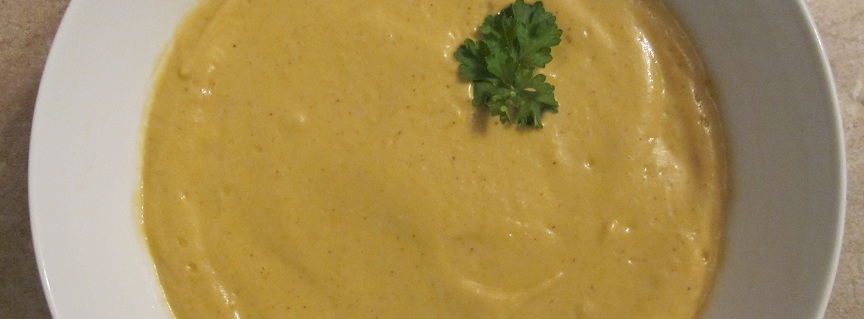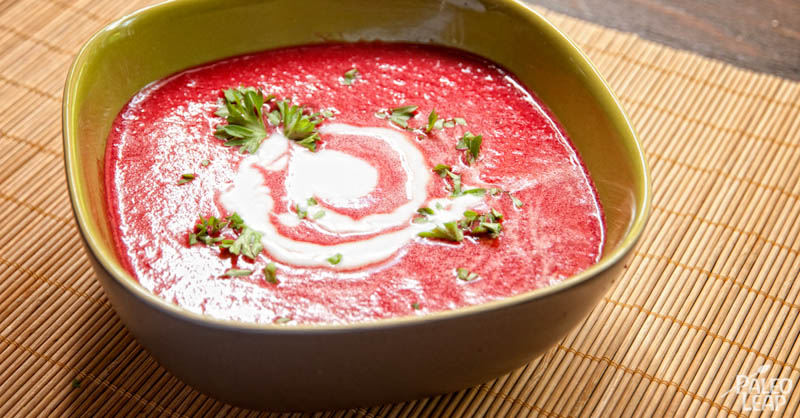Source:- Google.com.pk
What can vitamin C do for your health?
By Kathleen Zelman, MPH, RD/LD WebMD Weight Loss Clinic - Feature
Reviewed by Louise Chang, MD
Vitamin C is one of the safest and most effective nutrients. The benefits of vitamin C may include protection against immune system deficiencies, cardiovascular disease, prenatal health problems, eye disease, and even skin wrinkling.
A recent study published in Seminars in Preventive and Alternative Medicine that looked at over 100 studies over 10 years revealed a growing list of benefits of vitamin C.
"Vitamin C has received a great deal of attention, and with good reason. Higher blood levels of vitamin C may be the ideal nutrition marker for overall health," says study researcher Mark Moyad, MD, MPH, of the University of Michigan. "The more we study vitamin C, the better our understanding of how diverse it is in protecting our health, from cardiovascular, cancer, stroke, eye health [and] immunity to living longer."
"But," Moyad notes, "the ideal dosage may be higher than the recommended dietary allowance."
How Much Vitamin C Is Enough?
Most of the studies Moyad and his colleagues examined used 500 daily milligrams of vitamin C to achieve health results. That's much higher than the RDA of 75-90 milligrams a day for adults. So unless you can eat plenty of fruits and vegetables, you may need to take a dietary supplement of vitamin C to gain all the benefits, Moyad says. He suggests taking 500 milligrams a day, in addition to eating five servings of fruits and vegetables. He also notes that only 10% to 20% of adults get the recommended nine servings of fruits and vegetables daily.
Moyad says: "The safe upper limit for vitamin C is 2,000 milligrams a day, and there is a great track record with strong evidence that taking 500 milligrams daily is safe," he says.
The foods and beverages you'd need to consume to reach 500 milligrams (mg):
•Cantaloupe, 1 cup: 59 mg Vitamin C •Orange juice, 1 cup: 97 mg •Broccoli, cooked, 1 cup: 74 mg •Red cabbage, 1/2 cup: 40 mg •Green pepper, 1/2 cup, 60 mg •Red pepper, 1/2 cup, 95 mg •Kiwi, 1 medium: 70 mg •Tomato juice, 1 cup: 45 mg
The Health Benefits of Vitamin C
According to recent research, vitamin C may offer health benefits in these areas:
1. Stress. "A recent meta-analysis showed vitamin C was beneficial to individuals whose immune system was weakened due to stress -- a condition which is very common in our society," says Moyad. And, he adds, "because vitamin C is one of the nutrients sensitive to stress, and [is] the first nutrient to be depleted in alcoholics, smokers, and obese individuals, it makes it an ideal marker for overall health."
2. Colds. When it comes to the common cold, vitamin C may not be a cure. But studies show that it can help prevent more serious complications. "There is good evidence taking vitamin C for colds and flu can reduce the risk of developing further complications, such as pneumonia and lung infections," says Moyad.
3. Stroke. A recent study in the American Journal of Clinical Nutrition found that those with the highest concentrations of vitamin C in their blood were associated with 42% lower stroke risk than those with the lowest concentrations. The reasons for this are not completely clear. But what is clear is that people who eat plenty of fruits and vegetables have higher blood levels of vitamin C.
4. Skin Aging. Vitamin C affects cells on the inside and outside of the body. A study published in the American Journal of Clinical Nutrition examined links between nutrient intakes and skin aging in 4,025 women aged 40-74. It found that higher vitamin C intakes were associated with a lower likelihood of a wrinkled appearance, dryness of the skin, and a better skin-aging appearance.
Other studies have suggested that vitamin C may also:
•Improve macular degeneration. •Reduce inflammation. •Reduce the risk of cancer and cardiovascular disease.
Vitamin C's Role in the Body
Vitamin C, also known as ascorbic acid, is necessary for the growth, development and repair of all body tissues. It's involved in many body functions, including formation of collagen, absorption of iron, the immune system, wound healing, and the maintenance of cartilage, bones, and teeth.
Vitamin C is one of many antioxidants that can protect against damage caused by harmful molecules called free radicals, as well as toxic chemicals and pollutants like cigarette smoke. Free radicals can build up and contribute to the development of health conditions such as cancer, heart disease, and arthritis.
Vitamin C is not stored in the body (excess amounts are excreted), so overdose is not a concern. But it's still important not to exceed the safe upper limit of 2,000 milligrams a day to avoid stomach upset and diarrhea.
Water-soluble vitamins must be continuously supplied in the diet to maintain healthy levels. Eat vitamin-C-rich fruits and vegetables raw, or cook them with minimal water so you don't lose some of the water-soluble vitamin in the cooking water.
Vitamin C is easily absorbed both in food and in pill form, and it can enhance the absorption of iron when the two are eaten together.
Deficiency of vitamin C is relatively rare, and primarily seen in malnourished adults. In extreme cases, it can lead to scurvy -- characterized by weakness, anemia, bruising, bleeding, and loose teeth.
Scurvy symptoms arise as a result of the deactivation of many ascorbic acid dependent enzymes, classified as 2-oxoglutarate dependent dioxygenases (2-ODD’s). This class of enzymes, which are widely present in all animal cells is involved in the incorporation of O2 into organic substrates. To be catalytically active, these enzymes require Fe2+ and ascorbic acid as co substrates. The reaction catalyzed by 2-ODD’s involves the splitting of the dioxygen molecule to generate an oxygen-iron complex which is then used to hydroxylate a proline residue that is then used in many biochemical pathways. Some of these reactions include ring closures and post-translational hydroxylations. Since the enzymatic activity in highly dependent on the presence of ascorbic acid, it is proposed that 2-ODD’s and ascorbic acid (ASC) evolved together to carry out these biological reactions.
In the absence of ASC, one of the 2-ODD’s, P4H self oxidizes and becomes inactive. This inactivation was the first determined causes of scurvy symptoms. P4H, which carries out the hydroxylation of peptidyl-proline, is required for collagen folding. Without the hydroxylation the trimers that are a key to mature collagen formation cannot form. This leads to decreased melting point and an increased flexibility under biological conditions.
This is just one of many biological pathways that, as a result of a decreased dietary intake of ASC can lead to the symptoms observed in scurvy.
The foods richest in vitamin C are:
Citrus fruits, green peppers, strawberries, tomatoes, broccoli, white potatoes, and sweet potatoes. Other good sources include dark leafy greens, cantaloupe, papaya, mango, watermelon, brussels sprouts, cauliflower, cabbage, red peppers, raspberries, blueberries, winter squash, and pineapples.
Published April 04, 2008
SOURCES:
Mark A. Moyad, MD, MPH, senior research associate and Phil F. Jenkins Director, Complementary and Alternative Medicine, University of Michigan Urology Center. Phyo K. Myint, MRCP, department of public health, University of Cambridge, England. Dee Sandquist, MS, RD, director, Center for Weight Management, Southwest Washington Medical Center; spokeswoman, American Dietetic Association. U.S. Department of Agriculture 2005 US Dietary Guidelines. Seminars in Preventive and Alternative Medicine (1) Sept, 24, 2007; 3-1; pp 25-35). Myint, P.K., American Journal of Clinical Nutrition, January 2008; vol 87: pp 64-69. American Journal of Public Health, May 2004; vol 94: pp 870-875. Jeffrey S Hampl, PhD, RD; Christopher A. Taylor, PhD, RD; and Carol S. Johnston, PhD, RD, Vitamin C Deficiency and Depletion in the United States: The Third National Health and Nutrition Examination Survey, 1988 to 1994. American Journal of Clinical Nutrition, October 2007; vol 86; pp 1125-31. WebMD Medical News: "Veggie Eaters Have Fewer Strokes."
Tomato Soup Nutrition Tomato Soup Recipe Can Cake And Grilled Cheese Images Recipe indian Recipe in Hindi Photos
Tomato Soup Nutrition Tomato Soup Recipe Can Cake And Grilled Cheese Images Recipe indian Recipe in Hindi Photos
Tomato Soup Nutrition Tomato Soup Recipe Can Cake And Grilled Cheese Images Recipe indian Recipe in Hindi Photos
Tomato Soup Nutrition Tomato Soup Recipe Can Cake And Grilled Cheese Images Recipe indian Recipe in Hindi Photos
Tomato Soup Nutrition Tomato Soup Recipe Can Cake And Grilled Cheese Images Recipe indian Recipe in Hindi Photos
Tomato Soup Nutrition Tomato Soup Recipe Can Cake And Grilled Cheese Images Recipe indian Recipe in Hindi Photos
Tomato Soup Nutrition Tomato Soup Recipe Can Cake And Grilled Cheese Images Recipe indian Recipe in Hindi Photos
Tomato Soup Nutrition Tomato Soup Recipe Can Cake And Grilled Cheese Images Recipe indian Recipe in Hindi Photos
Tomato Soup Nutrition Tomato Soup Recipe Can Cake And Grilled Cheese Images Recipe indian Recipe in Hindi Photos
Tomato Soup Nutrition Tomato Soup Recipe Can Cake And Grilled Cheese Images Recipe indian Recipe in Hindi Photos










No comments:
Post a Comment